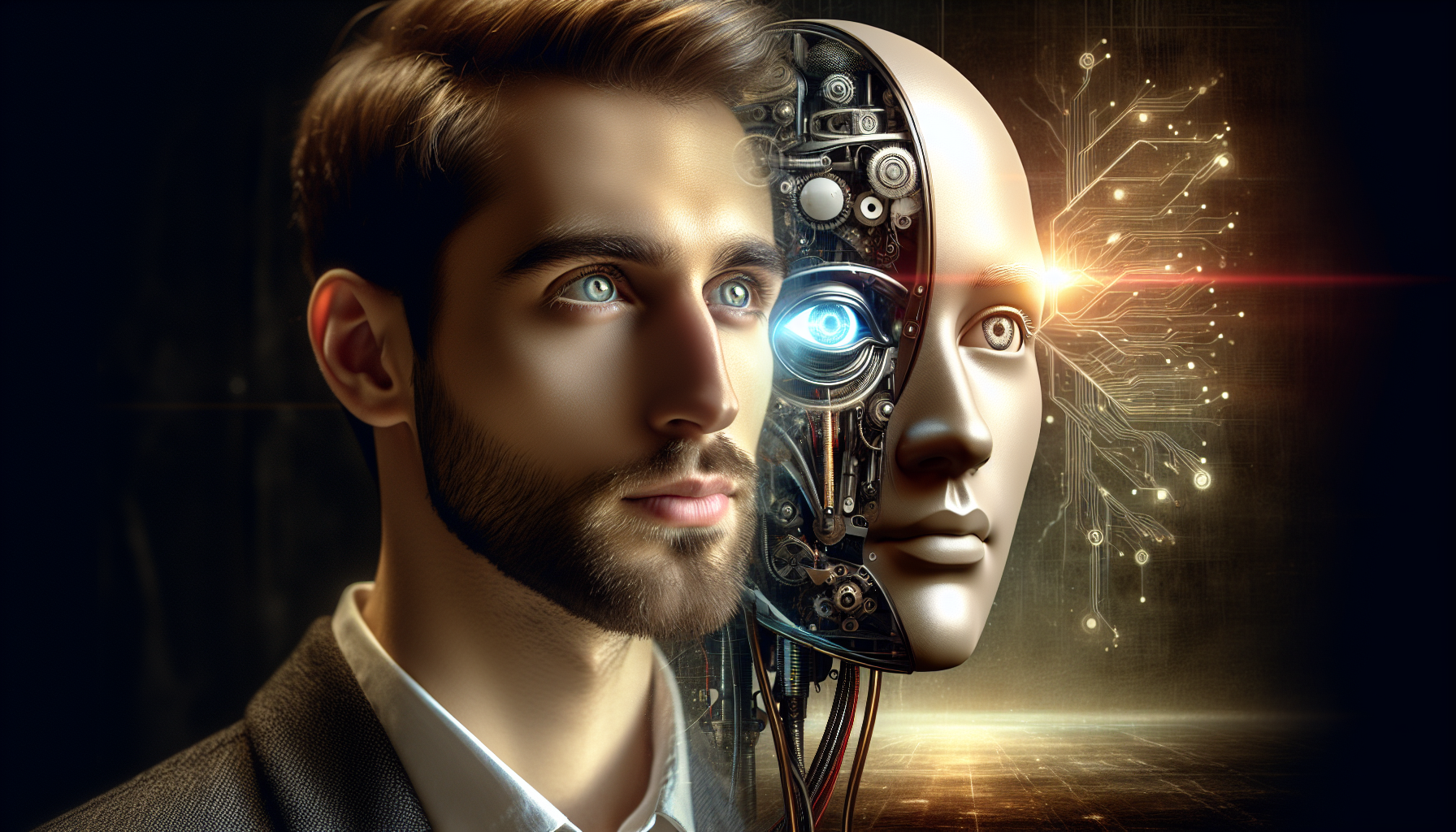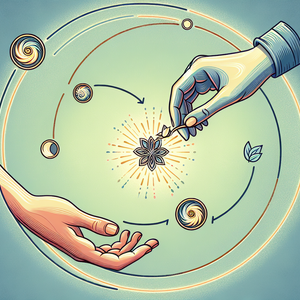The Human Touch in a Machine-Driven World

On the surface, the job of an MRI technologist appears highly technical. These professionals must possess deep knowledge of imaging technology, ensuring that scans are accurate, troubleshooting equipment when issues arise, and adhering to strict safety protocols. Their expertise is the foundation of accurate diagnoses and effective treatment planning. However, this technical side of the role tells only half the story. For many patients, an MRI scan is not merely a routine procedure; it is an emotionally charged experience. Enclosed in a tube-like machine, surrounded by loud, unfamiliar noises, and often awaiting results that could change their lives, patients can feel intense anxiety, claustrophobia, or even fear. This is where the second, equally vital aspect of an MRI technologist’s job comes into play: patient care. MRI technologists serve as a bridge between the intimidating machinery and the human emotions of those undergoing the procedure. They comfort patients, explain the process in accessible language, and provide reassurance during moments of vulnerability. It is this blend of technical skill and emotional intelligence that defines the profession and underscores its indispensability—particularly as machines begin to take over repetitive, technical tasks.
The Rise of AI and Automation in MRI Technology
AI and automation have already begun to reshape the landscape of diagnostic imaging. Advanced algorithms can quickly and accurately detect abnormalities in scans, optimize imaging protocols, and even reduce the time required for procedures. Some emerging technologies aim to develop fully autonomous imaging systems, where machines handle positioning, adjustments, and image acquisition without the need for human intervention. These advancements are undeniably impressive. They promise to improve efficiency, reduce costs, and enhance diagnostic accuracy, offering immense benefits to both patients and healthcare providers. However, they also raise an important question: can machines truly replace every aspect of an MRI technologist’s role? The answer lies in the distinction between technical tasks and emotional engagement. Machines excel at processing data, but they fall short when it comes to addressing the human side of healthcare. An AI system might flawlessly adjust imaging settings, but it cannot detect the subtle signs of a patient’s growing anxiety, offer a calming word, or adapt its approach to suit the unique needs of an individual.
The Irreplaceable Value of Empathy in Healthcare
Healthcare is, at its core, a deeply human endeavor. Numerous studies have shown that empathy—the ability to understand and share the feelings of another—has a profound impact on patient outcomes. For instance, research published in the *Journal of General Internal Medicine* found that patients who perceive their healthcare providers as empathetic report higher satisfaction, better adherence to treatment plans, and improved overall health outcomes. In the MRI room, the importance of empathy cannot be overstated. Consider a patient undergoing an MRI scan to investigate a potential cancer diagnosis. While the machine may be state-of-the-art, capable of producing highly detailed images, the experience for the patient is far more than a technical procedure. It is a moment fraught with fear, uncertainty, and emotional vulnerability. A machine, no matter how advanced, cannot address these emotions. But an empathetic MRI technologist can transform the experience, providing reassurance, answering questions, and making the patient feel seen and cared for. This human connection not only eases the patient’s stress but also enhances the overall quality of care, creating a more positive healthcare experience.
The Limits of Automation
While AI continues to advance rapidly, it remains limited in its ability to replicate human emotional intelligence. Empathy involves more than recognizing patterns in speech or facial expressions; it requires an understanding of context, intuition, and the ability to respond authentically to the emotions of others. For example, pediatric MRI patients often require extra care and creativity to feel at ease. An experienced technologist might use playful communication, distraction techniques, or even humor to help a frightened child relax. These nuanced interactions rely on a depth of understanding and adaptability that no machine can yet duplicate. Even for adult patients, emotional cues can be subtle and multifaceted. A skilled technologist can sense when a patient’s anxieties are escalating, even if they remain silent. They can adjust their tone, language, or approach to build trust and provide comfort in a way that feels genuine and personalized. These are qualities that machines, for all their computational power, lack.
Striking a Balance Between Humans and Machines
The future of healthcare is not a zero-sum game between humans and machines. Instead, it lies in a harmonious partnership that leverages the strengths of both. In the MRI room, AI can take on time-consuming, data-driven tasks such as image optimization and preliminary analysis, freeing technologists to focus on what they do best: caring for patients. This collaboration has the potential to elevate the role of MRI technologists rather than diminish it. With less time spent on routine technical adjustments, technologists can dedicate more energy to patient interaction, becoming even more effective as compassionate caregivers. Far from rendering the human touch obsolete, technology can amplify its impact.
As automation and AI continue to transform healthcare, it is crucial to remember that technology is a tool—not a replacement for human connection. MRI technologists exemplify the delicate balance between technical expertise and emotional care, demonstrating how the human touch can coexist with, and even enhance, technological innovation. While machines may excel at precision and efficiency, they cannot comfort, reassure, or connect on a human level. These uniquely human qualities are what turn a clinical procedure into a compassionate encounter, reminding us that healthcare is not just about curing illnesses but caring for people. In a machine-driven world, the human touch remains irreplaceable. It is the heart of medicine, the thread that weaves humanity into the fabric of technology. As we look to the future, let us celebrate and protect this essential aspect of healthcare—because no machine, no matter how advanced, can ever take its place.
MRI Technologist
Hospitals, outpatient imaging centers, and diagnostic labs
Responsibilities
Operate advanced imaging equipment to produce high-quality diagnostic images for physicians.
Provide emotional support to patients, explaining procedures and ensuring comfort, especially for those with anxiety or claustrophobia.
Adjust imaging protocols based on individual patient needs while adhering to strict safety standards.
Unique Skills
Certification in MRI technology
Familiarity with AI-enhanced imaging tools
Strong interpersonal skills to manage patient anxiety
AI Ethics Specialist in Healthcare
AI research firms, healthcare organizations, and government health agencies
Responsibilities
Assess and address ethical concerns arising from the use of AI in medical diagnostics and care delivery.
Collaborate with healthcare providers, technologists, and policymakers to ensure AI applications prioritize patient well-being and privacy.
Evaluate automated systems for potential biases or unintended consequences in patient care.
Unique Skills
Background in healthcare and ethics
Knowledge of AI algorithms
Legal/regulatory expertise in patient data privacy
Healthcare UX Designer
Healthcare technology companies, hospitals, or design consultancies specializing in medical tools
Responsibilities
Develop intuitive interfaces and workflows for healthcare software, such as diagnostic imaging platforms or electronic health records (EHR).
Conduct user research with doctors, technicians, and patients to create designs that are both functional and empathetic to end-user needs.
Collaborate with developers and healthcare providers to ensure designs improve efficiency without compromising the human experience.
Unique Skills
Proficiency in design tools (e.g., Figma, Sketch)
Understanding of healthcare workflows
User-centered design approaches
Pediatric Radiologic Technologist
Pediatric hospitals, specialized imaging clinics, or general hospitals with pediatric units
Responsibilities
Perform diagnostic imaging procedures tailored for children, requiring specialized techniques to minimize radiation exposure and ensure image quality.
Use age-appropriate communication to explain procedures, calm children, and build trust with pediatric patients and their families.
Work closely with pediatricians and radiologists to provide accurate images for diagnoses while ensuring the child’s emotional and physical well-being.
Unique Skills
Expertise in pediatric imaging protocols
Child-friendly communication techniques
Certification in radiologic technology
Biomedical AI Integration Specialist
Hospitals, AI technology firms, and consulting agencies focused on healthcare innovation
Responsibilities
Implement and maintain AI-driven tools in clinical settings, such as diagnostic imaging systems or patient monitoring software.
Train healthcare staff to effectively use AI tools while ensuring they complement, not replace, human expertise.
Analyze performance metrics of AI systems to improve accuracy, speed, and reliability in a real-world medical environment.
Unique Skills
Background in biomedical engineering or healthcare IT
Familiarity with machine learning models
Strong communication skills to bridge the gap between clinicians and tech teams


